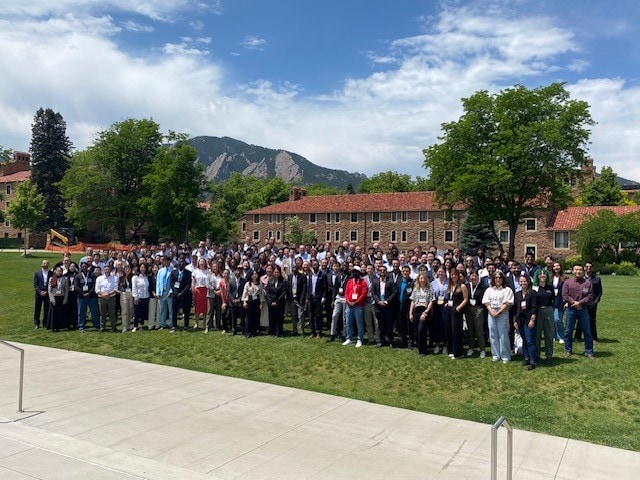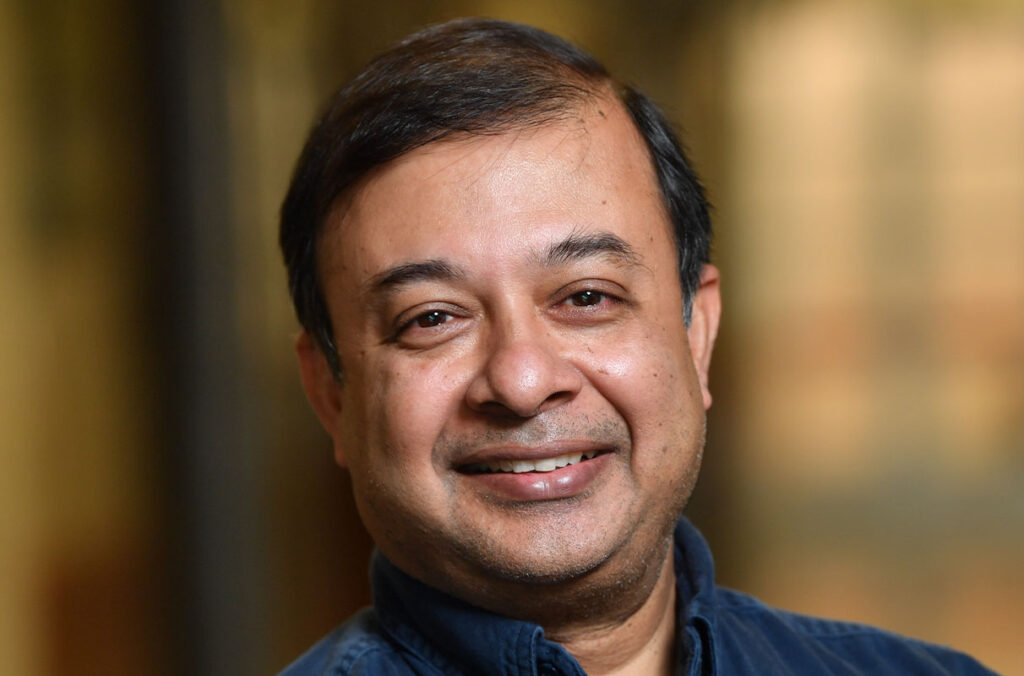
- Professor Clive Randall
- Wednesday, May 12, 2021
The ‘Blue Skies, Green future’ webinar series presents ideas to spark discussion on the topic of transformation and innovation within the foundation industries.
Webinars will take place each month and with novel ideas and concepts presented by a world-leading researcher in the field. During the session, speakers will discuss a technology which if implemented could transform the foundation industries. The goal is to encourage the audience to consider ways in which their own industry can utilize and embed innovation.
This session featured a presentation from Professor Clive Randall on the cold sintering of functional materials.
Cold Sintering involves a transient phase that permits the densification of particulate materials at low temperatures 300 o C and below. Sintering at such low temperature offers so many new opportunities. It permits the integration of metastable materials that would typically decompose at high temperatures. So cold sinter enables a platform for better unification of material science. Now ceramics, metal and polymers can be processed under a common platform in one step processes. With controlling the forming process new nanocomposites can be fabricated. Polymers, gels and nanoparticulates can be dispersed, interconnected and sintered in the grain boundaries of a ceramic matrix phase. With the ability to sinter metal phases, multilayer devices can be co-sintered with electrodes made from metals such as Al, Ag, Fe and Cu. With appropriate binder selection, polypropylene carbonate and its de-binding at 130 o C we can remove organic binders and leave metals and other more stable polymers within the layers that then can be co-sintered under the cold sintering process and form unique combinations of materials in multilayers. This talk will cover some of the fundamentals of cold sintering, as well as some new examples of this technology across different material systems, ranging from ferroelectrics, semiconductors, and battery materials.
Author
Vicki Evans
Spotlight Categories
- Chapter News
International Chapters
- United Kingdom Chapter


